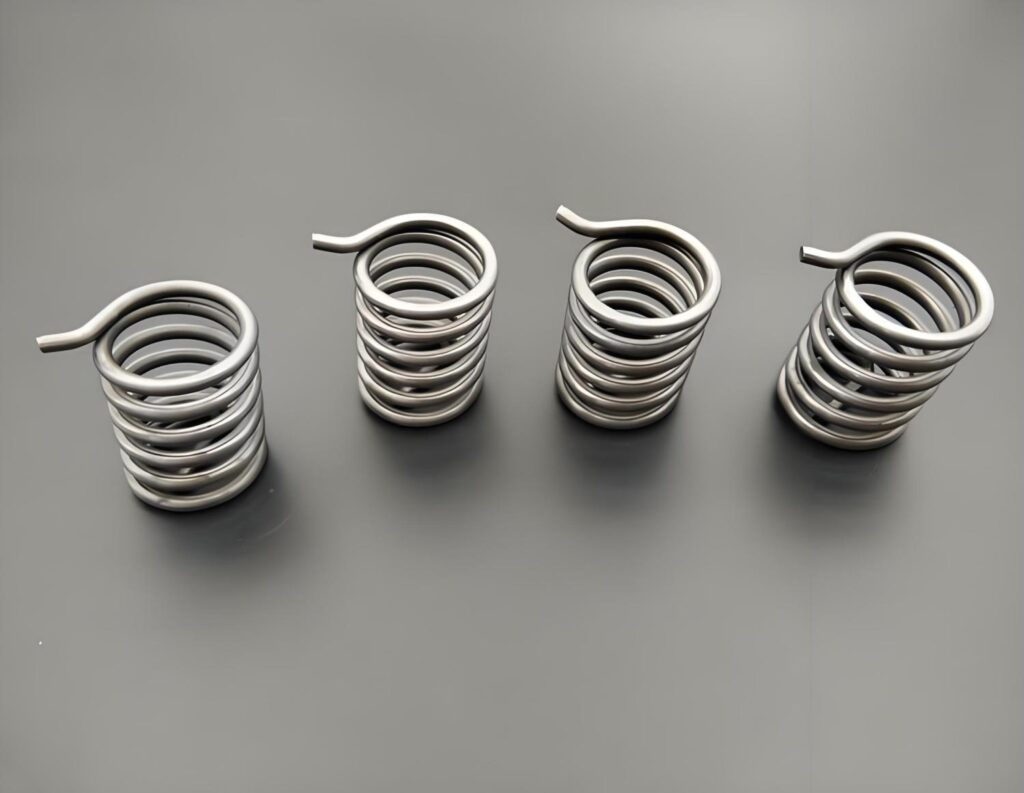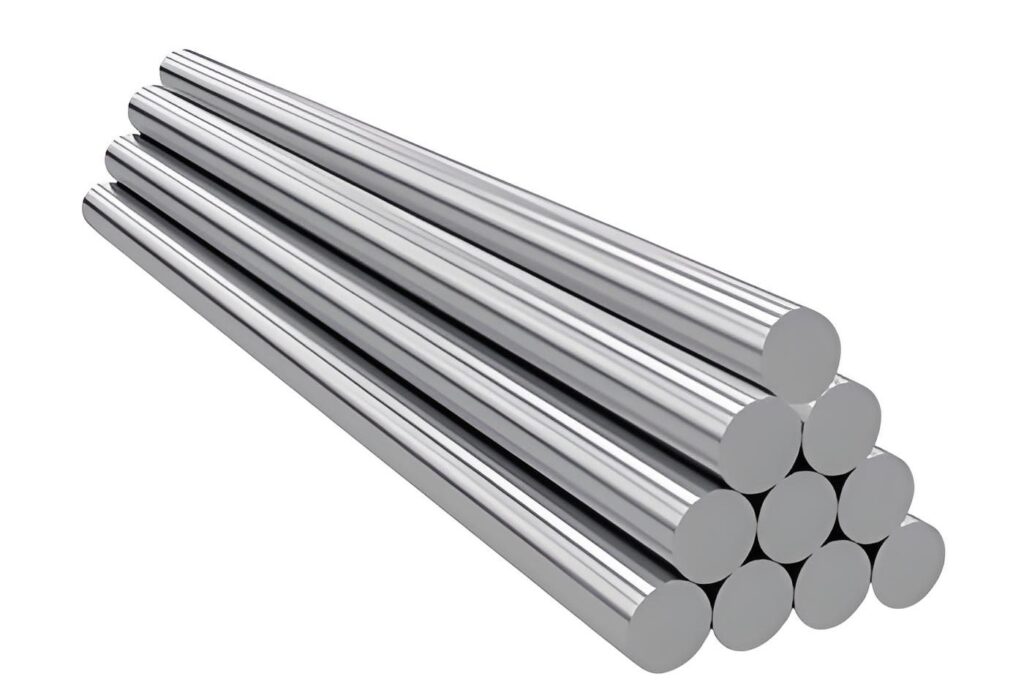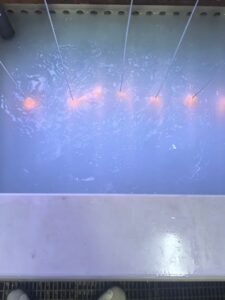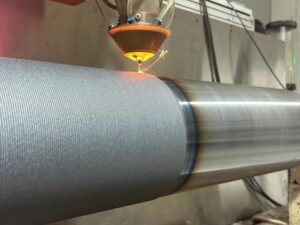High carbon steel is a fascinating material that plays a critical role in industries ranging from manufacturing to construction. Known for its strength and durability, this type of steel is a go-to choice for applications requiring resilience and precision. In this comprehensive guide, we’ll dive into the world of high carbon steel, exploring its composition, grades, applications, advantages, disadvantages, and more. Whether you’re a professional in the machining industry or simply curious about this versatile material, this article will provide valuable insights.
What is High Carbon Steel?
High-carbon steel is a type of steel that contains a higher percentage of carbon compared to other steel varieties, typically ranging from 0.6% to 1.5% carbon by weight. This increased carbon content gives high carbon steel its signature strength and hardness, making it ideal for demanding applications. The carbon acts as a hardening agent, enhancing the steel’s ability to withstand wear and stress.
Unlike low or medium carbon steels, which have lower carbon content (typically below 0.6%), high carbon steel is less ductile but significantly stronger. This trade-off makes it a preferred material for tools and components that require sharp edges or high resistance to deformation. The production process involves carefully controlling the carbon content and heat treatment to achieve the desired mechanical properties.
How Carbon Content Affects Steel Properties
The carbon content in steel directly influences its mechanical properties. In high carbon steels, the elevated carbon levels create a crystalline structure called martensite during heat treatment, which contributes to its hardness. However, this also makes the steel more brittle, requiring precise manufacturing techniques to balance strength and flexibility. The interplay between carbon and other alloying elements, such as manganese or chromium, further refines the steel’s characteristics.
Common Manufacturing Processes
High carbon steel is typically produced through processes like forging, quenching, and tempering. These methods enhance its strength and ensure it meets the specific requirements of various applications. For instance, quenching involves rapidly cooling the steel to lock in its hardness, while tempering reduces brittleness to improve toughness. These processes are critical in the machining industry, where precision and durability are paramount.
What are types of high carbon steel Grades?
High carbon steel comes in various grades, each tailored to specific applications based on its composition and properties. These grades are often classified using standards like those from the American Iron and Steel Institute (AISI) or the Society of Automotive Engineers (SAE). Below are some common high carbon steel grades and their characteristics.
AISI/SAE Grades
- AISI 1060: Contains approximately 0.6% carbon, offering a good balance of strength and toughness. It’s commonly used for springs and blades.
- AISI 1070: With around 0.7% carbon, this grade is known for its high strength and is often used in heavy-duty tools.
- AISI 1095: Containing up to 0.95% carbon, this grade is extremely hard and is a popular choice for knives and cutting tools.
- AISI D2: A high-carbon, high-chromium tool steel with excellent wear resistance, often used in dies and punches.
Each grade is carefully formulated to meet specific performance requirements, such as hardness, wear resistance, or edge retention. The choice of grade depends on the intended application and the desired balance between strength and flexibility.
The uses of high-carbon steel

Cutting Tools and Blades
High carbon steel is widely used in the production of cutting tools, such as knives, saw blades, and chisels. Its hardness allows these tools to maintain sharp edges even in heavy use.
Springs and Wires
The strength and elasticity of high carbon steel make it a preferred material for springs and high-strength wires. These components are used in automotive suspensions, industrial machinery, and even musical instruments like piano strings. The steel’s ability to return to its original shape after deformation is a key advantage in these applications.
Machining and Tooling
In the machining industry, high carbon steel is used to create dies, punches, and other tooling components. Its wear resistance ensures that these tools can withstand the rigors of repetitive tasks, such as stamping or forming metal parts. This makes it an essential material for manufacturers like Precionn, who rely on precision and durability in their operations.
Construction and Infrastructure
High carbon steel is also used in construction for components like rebar and structural supports. Its strength makes it suitable for applications where heavy loads or extreme conditions are expected. However, its use in construction is often balanced with other materials to mitigate its brittleness.
Advantages and Disadvantages of High Carbon Steel
Like any material, high carbon steel has its strengths and limitations. Understanding these can help manufacturers and engineers make informed decisions about when to use it.
Advantages
- High Strength and Hardness: The elevated carbon content makes high carbon steel exceptionally strong and resistant to wear, ideal for demanding applications.
- Edge Retention: Tools made from high carbon steel maintain sharp edges longer than those made from lower carbon steels.
- Cost-Effectiveness: Compared to some alloy steels, high carbon steel is relatively affordable, making it a cost-effective choice for many applications.
- Versatility: Its wide range of grades and applications makes high carbon steel suitable for diverse industries, from machining to construction.
Disadvantages
- Brittleness: The high carbon content makes steel more brittle, increasing the risk of cracking under impact or stress.
- Corrosion Susceptibility: Without proper coatings or alloying elements like chromium, high carbon steel is prone to rust (more on this later).
- Difficult to Weld: The high carbon content can make welding challenging, as it may lead to cracking or reduced strength in the welded area.
- Limited Ductility: High carbon steel is less malleable than low or medium carbon steels, limiting its use in applications requiring flexibility.
Balancing these pros and cons is key to determining whether high carbon steel is the right material for a specific project.
Is Higher Carbon Steel Harder or Softer?
One of the most common questions about high carbon steel is whether it is harder or softer than other types of steel. The answer lies in its carbon content.
Hardness of High Carbon Steel
Higher carbon content results in harder steel. The carbon forms a rigid crystalline structure during heat treatment, increasing the steel’s resistance to deformation. This is why high carbon steel is often used for tools that require extreme hardness, such as drill bits or cutting blades. For example, AISI 1095, with its high carbon content, is significantly harder than AISI 1040, a low carbon steel.
Factors Influencing Hardness
Hardness is not solely determined by carbon content. Heat treatment processes, such as quenching and tempering, play a significant role. Quenching increases hardness by rapidly cooling the steel, while tempering reduces brittleness to achieve a balance between hardness and toughness. Alloying elements like chromium or vanadium can also enhance hardness and other properties.
Comparison to Other Steels
Compared to low carbon steel (0.05%–0.3% carbon) or medium carbon steel (0.3%–0.6% carbon), high carbon steel is significantly harder but less ductile. This makes it less suitable for applications requiring flexibility but ideal for those prioritizing strength and wear resistance.
Does High Carbon Steel Rust?
Rust, or iron oxide, forms when iron in steel reacts with oxygen and moisture. High carbon steel’s susceptibility to rust is a critical consideration for its use.
Rust Susceptibility
High carbon steel is more prone to rust than stainless steel, which contains chromium to form a protective oxide layer. Without protective coatings or alloying elements, high carbon steel can corrode when exposed to moisture or harsh environments. This is a key drawback in applications like outdoor tools or marine equipment.
Preventing Rust in High Carbon Steel
To mitigate rust, manufacturers often apply protective measures, such as:
- Coatings: Applying oil, wax, or paint to create a barrier against moisture.
- Alloying: Adding elements like chromium or nickel to improve corrosion resistance, though this may classify the steel as an alloy rather than pure high carbon steel.
- Maintenance: Regular cleaning and drying of high carbon steel tools can prevent rust formation.
- Heat Treatment: Certain treatments can enhance surface properties to reduce corrosion.
For applications where rust resistance is critical, stainless steel or coated high carbon steel may be preferred.
The Role of High Carbon Steel in Modern Industry
High carbon steel continues to be a cornerstone of modern industry due to its unique combination of strength, hardness, and versatility. From precision machining to heavy-duty construction, its applications are vast and varied. Advances in heat treatment and alloying techniques have further expanded its potential, allowing manufacturers to tailor its properties to specific needs.
Sustainability and High Carbon Steel
Sustainability is an increasing concern in material selection. High carbon steel is recyclable, and its durability ensures long-lasting components, reducing the need for frequent replacements. However, the energy-intensive production process and rust susceptibility require careful consideration in eco-conscious applications.
Future Trends
The future of high carbon steel lies in innovations like advanced coatings and hybrid alloys that enhance its corrosion resistance and toughness. These developments will likely expand its use in emerging fields like renewable energy and aerospace, where lightweight yet durable materials are in demand.
Precionn’s Expertise in High Carbon Steel Machining
At Precionn, we understand the intricacies of working with high carbon steel. As a leader in the machining industry, Precionn leverages its expertise to deliver precision-engineered components made from high carbon steel and other advanced materials. Our state-of-the-art facilities and skilled team ensure that every project meets the highest standards of quality and performance.




